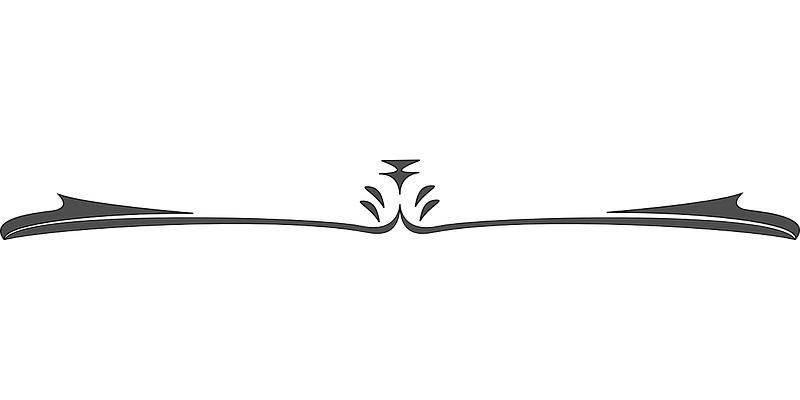Futurism: A Journey Through Predictive Science and Thought
Written on
Understanding the Role of a Futurist
I identify as a futurist, distinct from a psychic. My practice is grounded in science, employing logical reasoning, statistical analysis, and strategic game theory to forecast future events and trends.
My journey into the realm of forecasting—often referred to as futurism—unfolded through two significant experiences.
As a child, I was captivated by weather forecasts on television. I found myself pondering, “How does that person predict the weather?” My parents couldn't provide an answer, so I turned to a teacher. She introduced me to the concept of the Butterfly Effect, explaining that while many recognize the term, few understand its true implications.
Another pivotal influence was the work of Daniel Ellsberg. Known for his role as a military analyst and political activist, Ellsberg famously leaked the Pentagon Papers in 1971, which revealed critical insights into U.S. decision-making during the Vietnam War. As a news enthusiast, I was aware of his identity, but it was his contributions to applied game theory and decision-making that truly piqued my interest.
The Ellsberg Paradox illustrates how individuals often shy away from decisions when faced with uncertainty. In his theory, Ellsberg highlighted that if people are asked to bet on a color drawn from one of two urns, they typically prefer the first urn to avoid the ambiguity associated with the second. This mirrors the adage, “A bird in the hand is worth two in the bush.”
These insights sparked my curiosity about forecasting human behavior, leading me to diligently study the field of futurism.
The Nature of the Future
My mentors taught me an essential lesson: the future lacks a defined shape or substance. Despite this, many of us behave as if we can manipulate it to align with our wishes. The reality is that we cannot fully comprehend the future's boundaries or limitations, nor can we quantify it accurately. However, we can gather concrete data from the present and past.
Recognizing that our interpretations of data are influenced by cognitive biases allows us to make educated estimates regarding timelines and events. Ultimately, time represents a continuous flow of occurrences, categorized as past, present, and future. Our existence is marked by the measurement of seconds, minutes, hours, days, and beyond.
To thrive, we must navigate a landscape that often appears random and chaotic. This requires an understanding of probability and the development of theories surrounding it.
Probability and Scientific Inquiry
What constitutes probability, if not an unverified intuition? The adept forecaster must possess critical thinking and deductive reasoning skills.
Every scientific theory originates as a hypothesis, where we collect unproven ideas supported by some preliminary evidence. The scientific method involves several steps:
- If sufficient evidence supports a hypothesis, it transitions into a theory.
- A theory comprises principles that guide a particular practice, helping to make sense of seemingly random data points.
- Subsequently, we engage in measuring various elements—people, places, and things—through Measure Theory, which facilitates the quantification of aspects such as volume, area, and probability.
Let’s delve deeper into this.
Measurability: A Framework for Forecasting
Measurability emerges as a natural outcome of our previous discussions. It enables us to formulate conditional expectations for the future while clarifying how we interact with low-bias conditional predictions.
Forecasters frequently utilize dynamic models—simplified representations of real-world phenomena—often expressed through equations and code. These models capture essential elements of the forecasting process. In any comprehensive forecasting endeavor, vast amounts of data are analyzed. With robust probability skills, forecasters can sift through this data, distinguishing the crucial points from the irrelevant.
This illustrates that probability theory underpins statistics, allowing us to systematically assign probabilities to specific events and their contributing factors. For example, consider stock market investing. Initially, we might rely on intuition to choose stocks, but a more systematic approach could involve stating, “There’s a 60% chance that a particular stock will decrease in value within the next 48 hours.”
However, this presents a challenge. The stock could follow countless trajectories during that time. The solution lies in associating probabilities with groups of paths rather than individual ones, a concept requiring specific mathematical expertise related to measurability.
The Practical Application of Theory
The most proficient stock advisors adeptly link numbers in a way that facilitates accurate forecasting. Often, they employ support staff to manage the mathematical intricacies, allowing for effective predictions based on finite probabilities. This is a significant application of Probability and Measure Theory.
In light of this, I recommend watching the following video, which provides an overview of the Ellsberg Paradox:
Exploring Cognitive Bias
Understanding cognitive biases is crucial for navigating the complex landscape of decision-making. For further insights, check out this informative article:
What is Cognitive Bias?
How we fool ourselves every day with misguided thinking

He continually seeks new trends and insights for storytelling. If you have topics you'd like him to explore, reach out at [email protected] or visit his portal at www.asklewis.com.